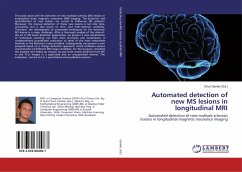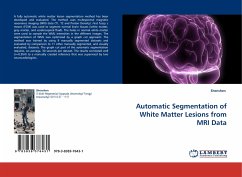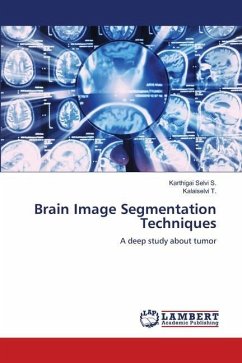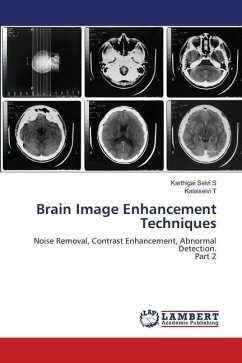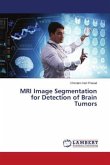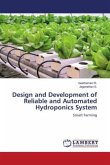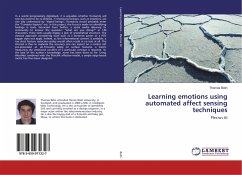This book deals with the detection of new multiple sclerosis (MS) lesions in longitudinal brain magnetic resonance (MR) imaging. The detection and quantification of new lesions are crucial to follow-up MS patients. Moreover, the manual detection of these new lesions is not only time-consuming, but is also prone to intra- and inter-observer variability. Therefore, the development of automated techniques for the detection MS lesions is a major challenge. After a thorough analysis of the state-of-the art in MS lesion detection approaches, we present a new classification of techniques pointing out their main strengths and weaknesses. A complementary quantitative evaluation of some of the most remarkable methods in the literature is also provided. Subsequently, we present a new proposal based on a change detection approach, which combines various characteristics of different MR image modalities. For this purpose, including the baseline and follow-up images, we join both results obtained from PD-w and T2-w images in a supervised and an unsupervised manner. The evaluation, carried out in a quantitative and qualitative manner.
Bitte wählen Sie Ihr Anliegen aus.
Rechnungen
Retourenschein anfordern
Bestellstatus
Storno

